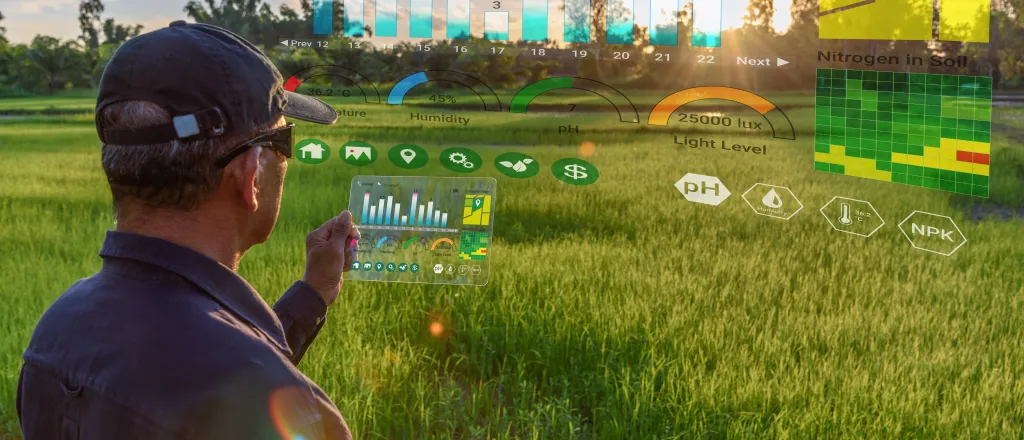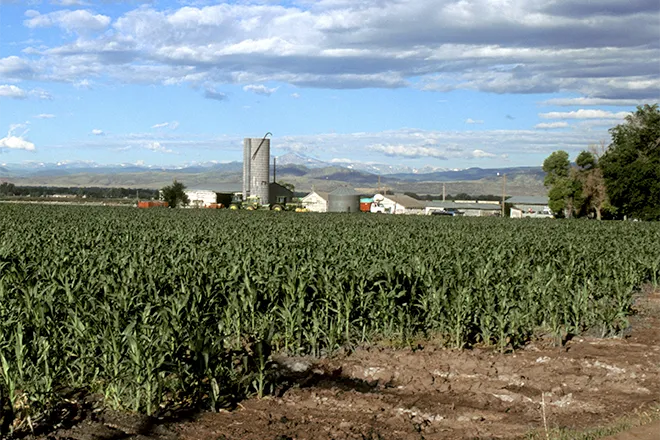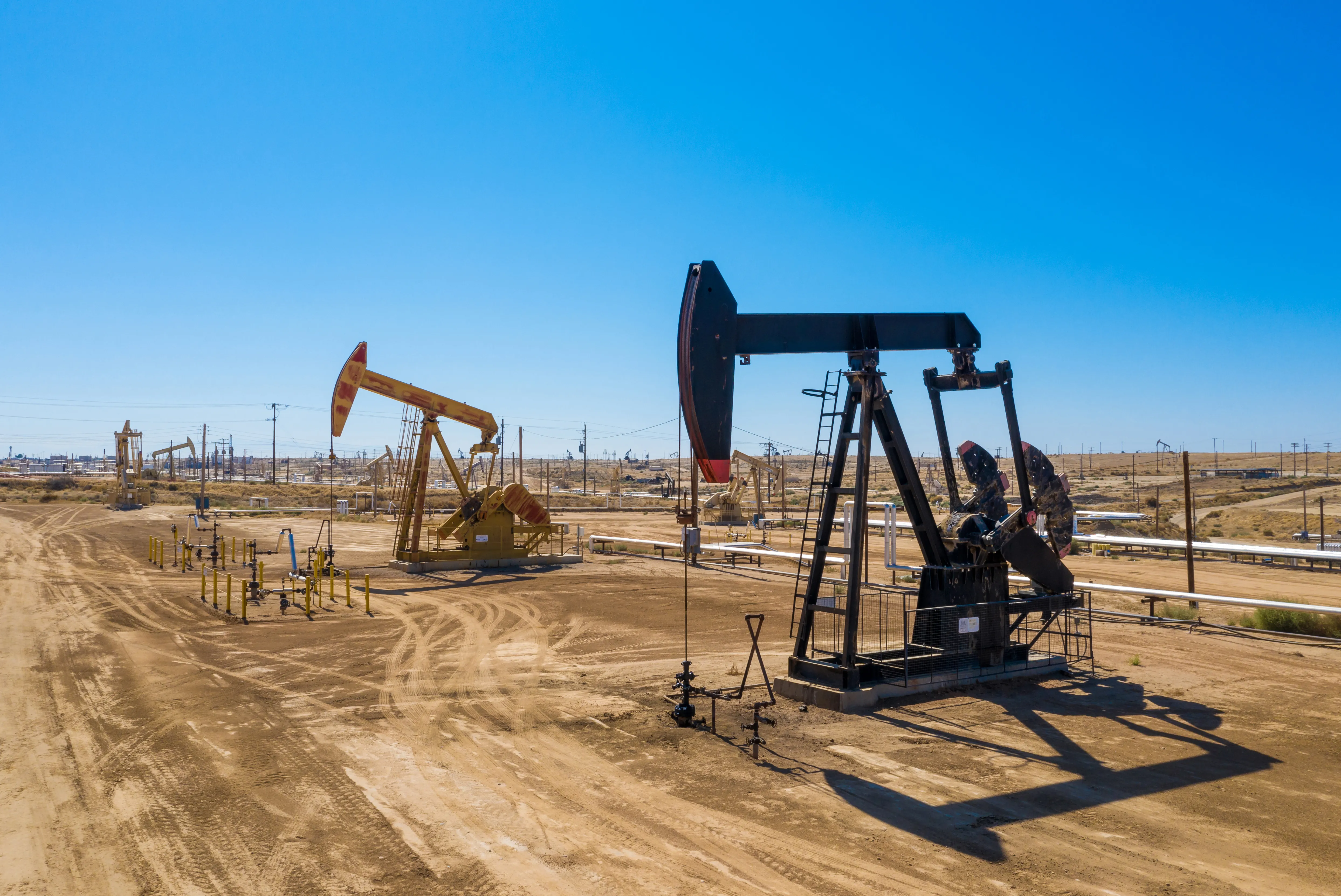
Ag stats: Wyoming crop progress and condition report – January 2022
January brought minimal precipitation to Wyoming, with total monthly precipitation measuring less than 1 inch for most of the State, according to the Mountain Regional Field Office of the National Agricultural Statistics Service, USDA.
Overall, however, precipitation totals are around average for the month, with totals ranging from .45 inches below average to .45 inches above average.
Temperatures for the month of January were 1 to 4 degrees above average for most of the State. Counties along the eastern border were cooler, with temperatures 2 degrees below average, and temperatures in the northwestern corner of the State were 5 degrees below average.
According to the United States Drought Monitor for January 20, 2022, the amount of land rated as abnormally dry was 2.8 percent, a slight decrease from 3.3 percent on December 30. Moderate drought was present across 31.5 percent of the State, compared to 35.4 percent on December 30. Severe drought increased from 47.1 percent on December 30 to 61.1 percent of the State. Extreme drought conditions covered 4.6 percent of the State, a decrease of 9.6 percentage points from 14.2 percent on December 30.
Reports from Washakie and Hot Springs counties indicated persisting drought conditions.
Dry conditions were reported in Platte County, with comments that high winds are drying out topsoil quickly when moisture is received.
Comments in Lincoln County indicated snowfall received in early January has now given way to dry conditions.
In Goshen County, there are reports that the warm, dry conditions are helping cattle and livestock conditions.
Topsoil moisture levels were reported as 60 percent short to very short, compared with 72 percent at the end of December.
Hay and roughage supplies for Wyoming were rated 13 percent very short, 42 percent short, 44 percent adequate, and 1 percent surplus, compared to 36 percent very short, 34 percent short, and 30 percent adequate at the end of December.
Stock water supplies across Wyoming were rated 11 percent very short, 28 percent short, 60 percent adequate, and 1 percent surplus, compared to 35 percent very short, 21 percent short, and 44 percent adequate at the end of December.

















